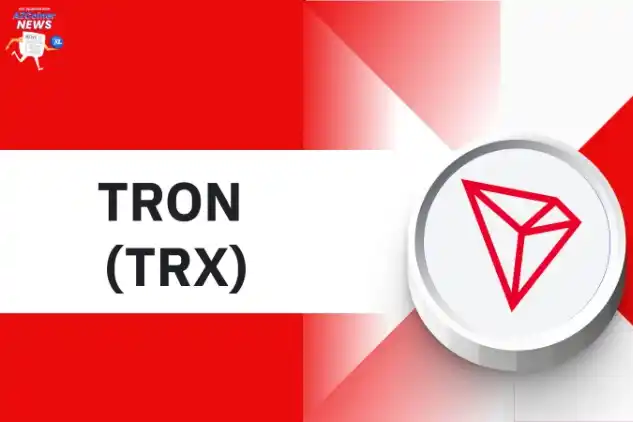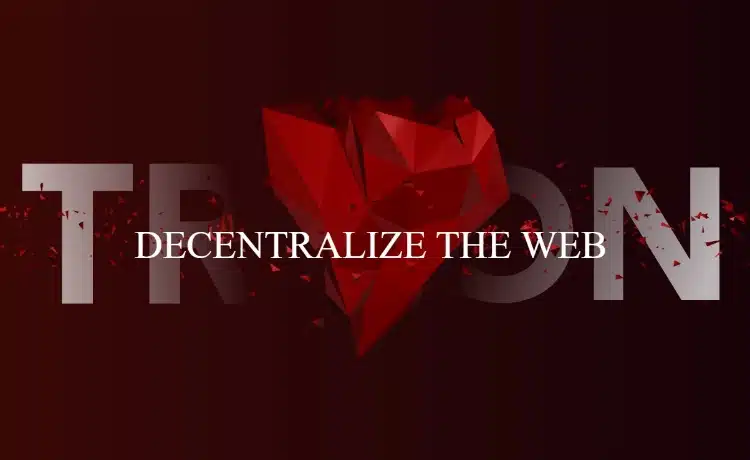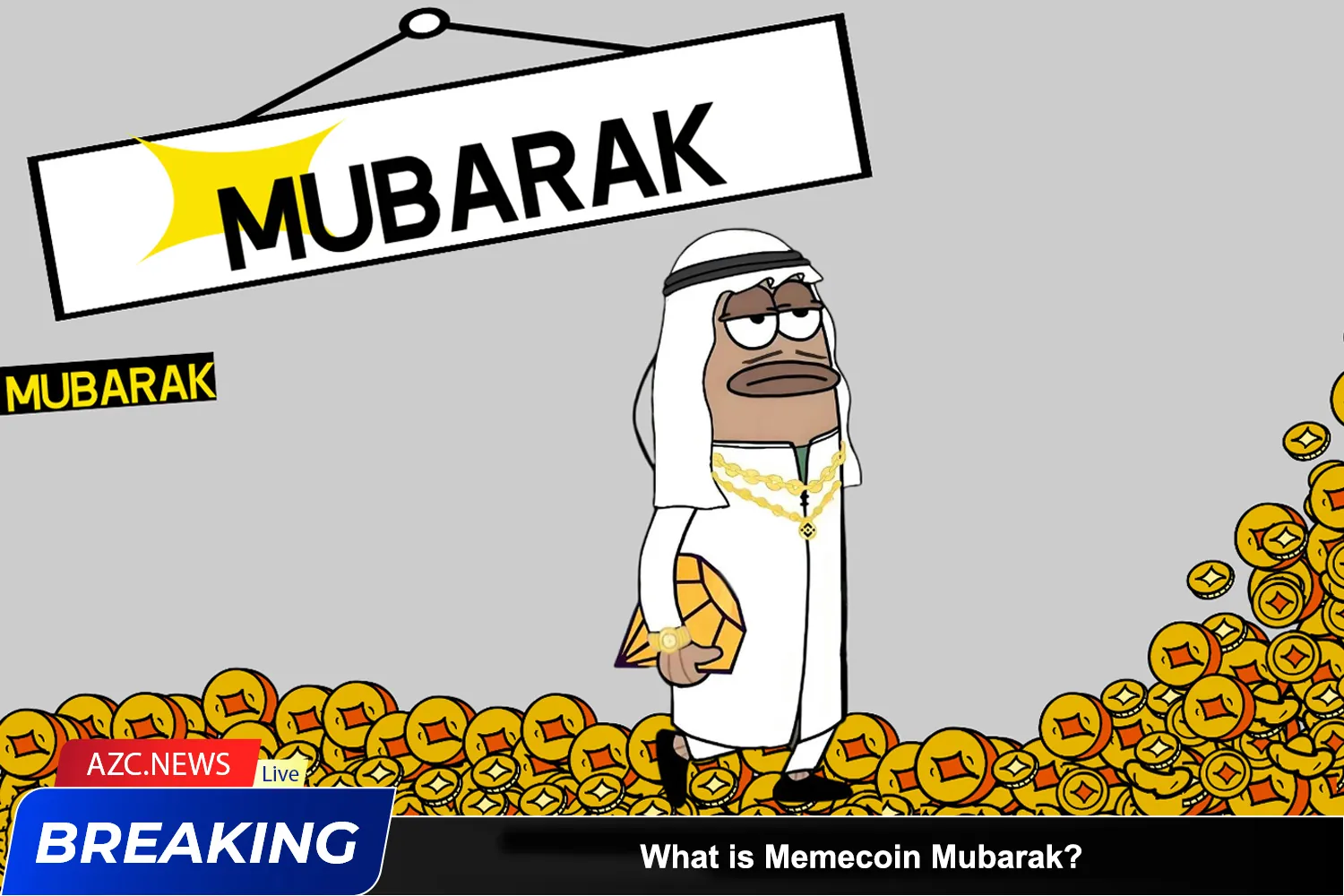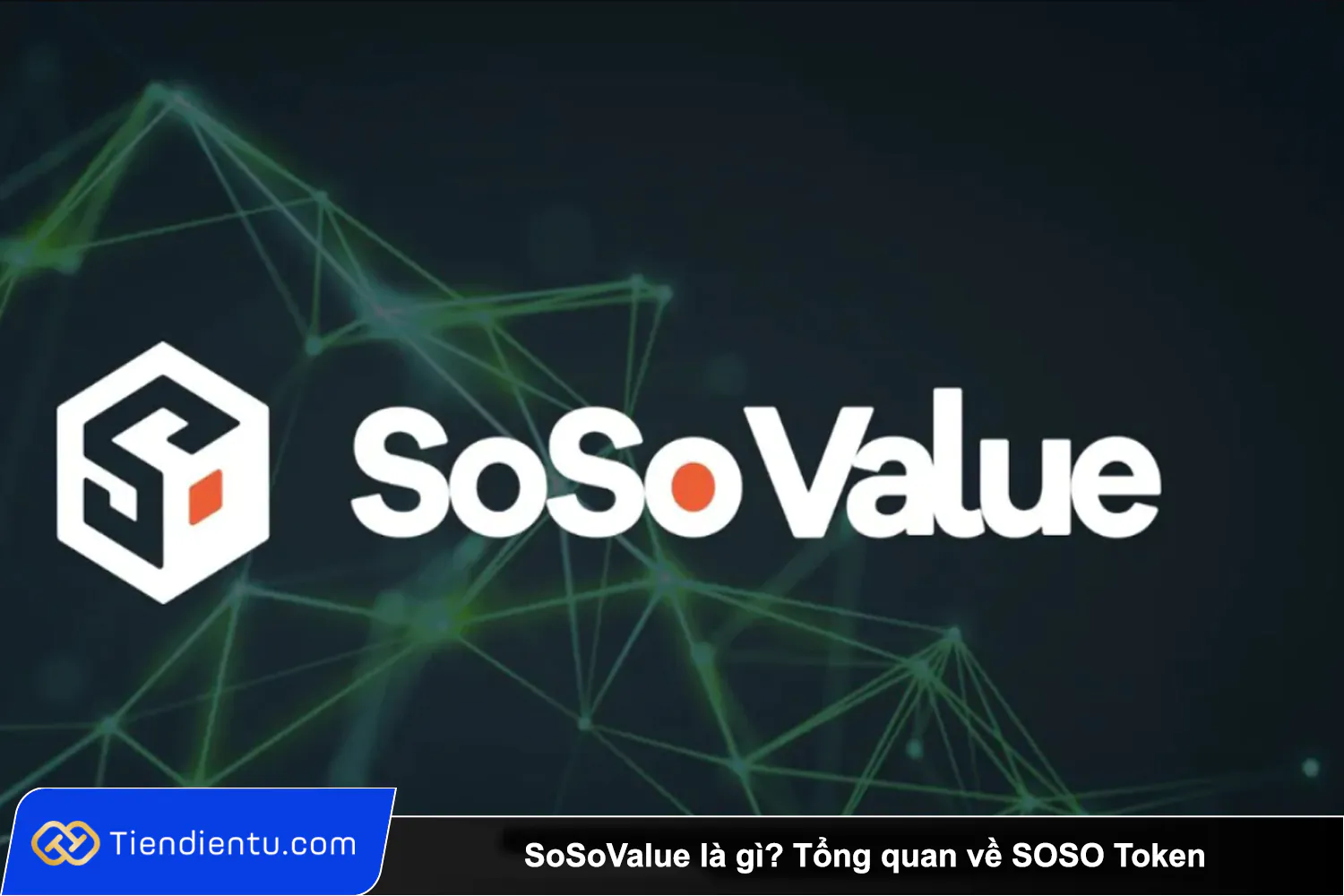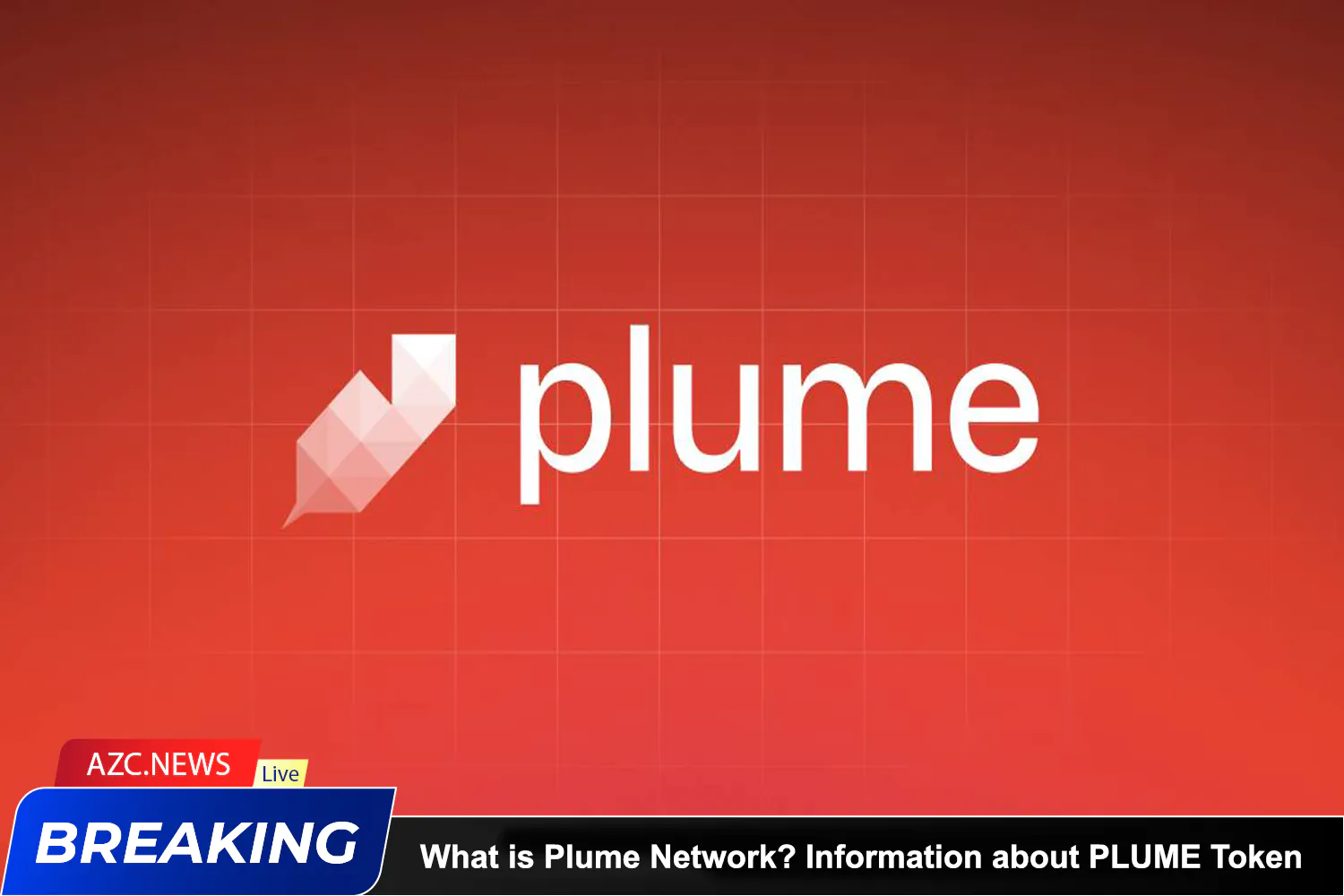What is Tron?
Through the use of blockchain technology and decentralized apps (DApps), the TRON network is committed to furthering the decentralization of the internet. The TRON network, which was established in September 2017 by H.E. Justin Sun, has kept up its excellent performance since the launch of its mainnet in May 2018.
In July 2018, BitTorrent, a pioneer in decentralized services with close to 100 million monthly active users, was also acquired and integrated into the TRON ecosystem. Additionally, TRON, which surpassed Tether on Ethereum in April 2021, contains the largest global circulating supply of stablecoins. The TRON network became a wholly community-governed decentralized automated organization (DAO) in December 2021 after decentralizing fully.
https://tron.network/
The TRON Foundation, often known as TRX, has released TRONIX, a mainnet token based on the TRON Protocol. On the TRON blockchain, TRX tokens serve as the fundamental unit of accounts, and the value of all other coins is derived from that of TRON. Other tokens include BitTorrent (BTT), JUSTt (JST), USD Coin, Tether (USDT), and NFTs.
All TRC-based tokens naturally use TRX as a medium of exchange. With several application scenarios that drive transactions and applications on the chain, TRX unites the whole TRON ecosystem. This article will deep dive into how TRON works and how to use and stake TRON as well as explore if the TRON network is secure.
>>> What Is Tether (USDT)? – What Is It and Is It Worth Investing In?
How does TRON work?
TRON operates through a streamlined and versatile system designed to deliver efficiency, stability, security, and scalability. At its core is the TRON Virtual Machine (TVM), a compact Turing-complete virtual machine tailored to the TRON ecosystem. TVM-compatible tokens are implemented through smart contracts, adhering to the TRC-20 standard, while remaining fully ERC-20 compliant.
TRON’s architecture comprises three key layers: storage, core, and application. The core layer houses various modules, including consensus, account management, and smart contracts. TRON employs a Delegated Proof-of-Stake (DPoS) consensus mechanism to achieve agreement.
DPoS enables users to leverage their tokens to vote for delegates who, once elected, have the authority to make critical decisions impacting the entire network. In the TRON ecosystem, 27 super representatives (SRs) oversee transaction history validation.
A super representative is selected every six hours and is rewarded with TRX coins for their services. New blocks are added to the TRON blockchain every three seconds, and those contributing blocks receive 32 TRX coins.
TRON employs an efficient instruction set and a stack-based virtual machine. Smart contracts on TRON are scripted in languages like Solidity. TRON’s unique distributed storage protocol consists of Block Storage and State Storage. This architecture incorporates the concept of a graph database to accommodate diverse real-world data storage needs.
Developers on TRON can create a wide array of decentralized applications (DApps) and unique wallets. The platform’s support for smart contracts unlocks endless possibilities for utility applications. But what sets TRON apart are its distinct node types.
TRON’s network comprises three node types: Witness Node, Full Node, and Solidity Node. Witness Nodes are established by SRs and are responsible for proposing and voting on network changes, as well as producing blocks. Full Nodes broadcast application programming interfaces (APIs), transactions, and blocks. Solidity Nodes synchronize blocks from other Full Nodes and provide indexable APIs.
Additionally, TRON offers three types of accounts: regular accounts, token accounts, and contract accounts, each serving specific functions within the network.
 OMN
OMN  BTC
BTC  ETH
ETH  USDT
USDT  XRP
XRP  BNB
BNB  SOL
SOL  USDC
USDC  TRX
TRX  DOGE
DOGE 
